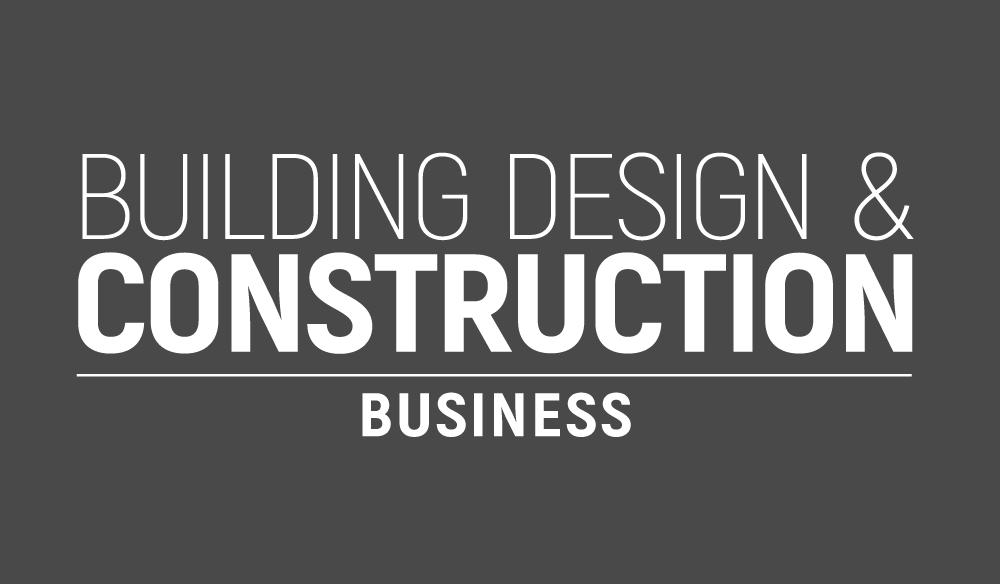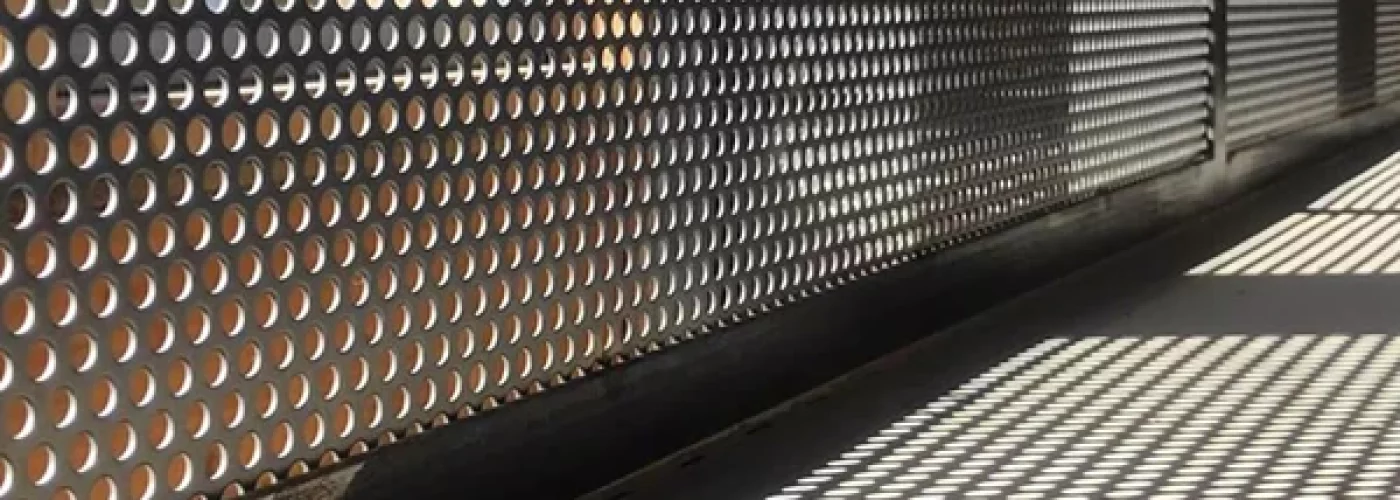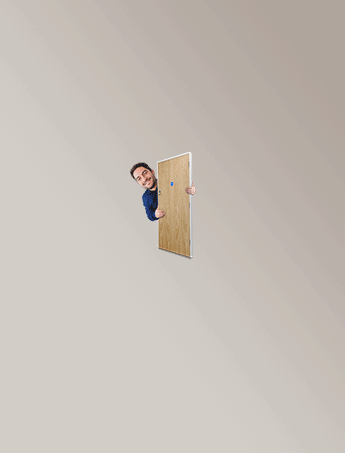Perforated metal has become a defining feature in modern architecture. Its blend of strength, style, and functionality makes it a versatile choice for contemporary projects. From building facades to interior design, perforated sheets are helping architects and designers bring creative concepts to life while maintaining practical benefits.
The Appeal of Perforated Metal in Modern Design
Architectural design has always balanced form and function. Perforated sheets offer both. They provide clean lines and geometric precision, which suit modern architectural styles, while also allowing for imaginative detailing. Patterns, shapes, and hole sizes can be customised, turning an ordinary metal panel into an expressive design element.
This versatility means perforated metal can be used for striking exteriors or subtle interior accents. Whether forming a bold rainscreen on a commercial building or a decorative partition in a hotel lobby, perforated sheets adapt easily to different environments.
Function Meets Aesthetic
Perforated steel sheets are not only beautiful to look at; they perform exceptionally well in practical applications. They can filter light, provide shade, and control ventilation without compromising the design. In urban environments, perforated panels are often used to manage solar gain, creating comfortable and energy-efficient buildings.
Acoustically, they also play an important role. Perforated metal can help with sound control when used in ceilings, walls, or acoustic panels. This makes them popular in spaces such as offices, auditoriums, and hospitality venues where a balance of visual appeal and comfort is required.
Material Options for Every Design Vision
Different metals bring unique qualities to a project. Stainless steel offers strength and corrosion resistance, making it suitable for outdoor facades or high-traffic interiors. Corten steel develops a rust-like patina that adds warmth and texture, often seen in modern architectural cladding. Brass, bronze, and copper introduce a touch of luxury, perfect for high-end interior fitouts or feature walls.
Each material changes over time, responding to its surroundings in a way that adds depth and individuality. The choice of finish can further influence the final look, whether that is a brushed texture, a powder-coated colour, or a naturally weathered surface.
Architectural Applications That Inspire
Perforated metal sheets have found a home in a wide variety of architectural uses. Exterior cladding remains one of the most popular, giving buildings a distinctive and contemporary character. Perforated rainscreens help regulate temperature and protect underlying materials while allowing architects to experiment with patterns and light play.
Inside, decorative steel sheets are used for partitions, ceilings, and wall features. They create privacy without blocking light, adding texture and dimension to interior spaces. Picture perf and alpha perf techniques even allow designs or lettering to be formed directly into the metal, merging art and architecture in a single element.
Sustainability and Longevity
Sustainability plays an increasing role in architectural decision-making, and perforated metal supports this goal. The materials are durable, long-lasting, and recyclable. Because perforated sheets can help regulate temperature and natural light, they also contribute to energy efficiency. Their durability reduces the need for frequent replacement, making them a sustainable choice in both form and function.
The Role of Perforated Metal in the Future of Architecture
As architecture continues to evolve, so does the role of perforated metal. Designers are exploring new fabrication methods, incorporating digital modelling and laser cutting to achieve more intricate designs. The result is metalwork that is both precise and expressive, reflecting the growing demand for buildings that are not only functional but also visually engaging.
From high-rise developments to cultural landmarks, perforated metal will continue to define the look and feel of contemporary architecture. Its ability to merge aesthetics with performance has secured its place as one of the most versatile materials in modern design.
By balancing innovation, practicality, and artistry, perforated sheets have transformed from a simple construction component into a creative medium that truly elevates the built environment.





